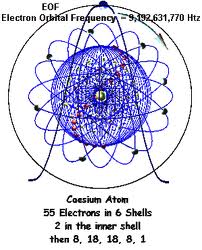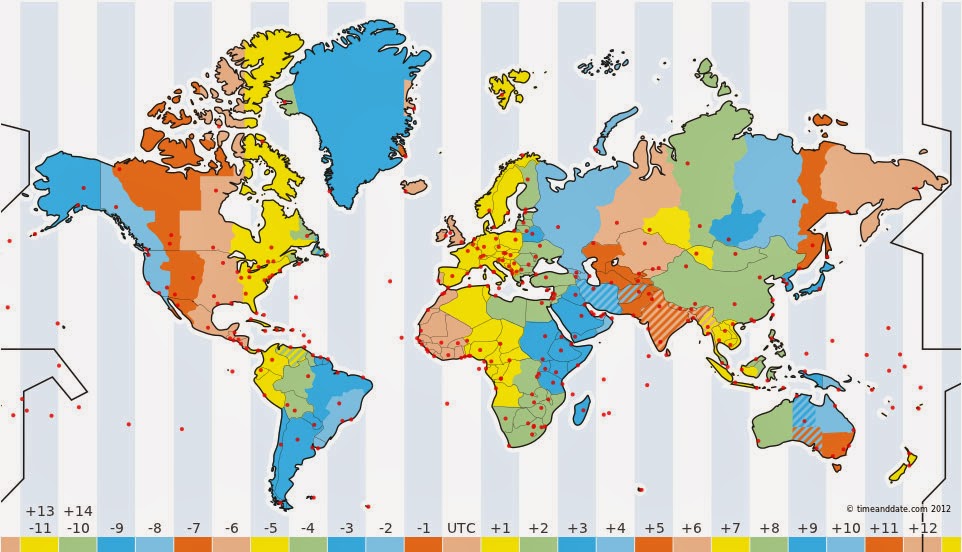
Time zones tend to follow the boundaries of countries and their subdivisions instead of strictly following longitude because of commercial convenience. It is typically chosen to approximate mean solar time for a region. To remain within 0.9 seconds of Universal Time (UT1).Ī time zone is a designated area of the globe that observes a uniform standard time for legal, commercial and social purposes.

While Universal Time (UT1) is tied directly to Earth's rotation, Coordinated Universal Time (UTC) is based an atomic timescale and adjusted to approximate Universal Time (UT1) to 0.9 seconds or less.Īs Earth's rotation gradually slows down, Coordinated Universal Time (UTC) must be adjusted with an occasional intercalary leap second It is now determined more accurately by measurements of distant quasars using long baseline interferometry. While Universal Time (UT1) was originally determined by measuring Earth's rotation with respect to the Sun, However, the modern mean solar day is now slightly longer due to this gradual slowdown. The length of the second was originally determined from observations of the Moon between 17. The rotation of the Earth is gradually slowing due to the tidal acceleration of the the Moon. International Earth Rotation and Reference Systems Service (IERS) The rotation of the Earth and UT1 are monitored by the Universal Time (UT1) is the modern time standard for mean solar time and is based on Earth's rotation on its axis. Throughout the year rather than, as it actually does, at a slightly varying apparent speed that depends on the seasons.

Mean solar time, kept by most clocks and watches, is the solar time that would be measured by observation if the Sun traveled at a uniform apparent speed Solar time is time based on Earth’s rotation relative to the Sun.Īpparent solar time is that measured by direct observation of the Sun or by a sundial. UTC is the time used by GPSs and is the standard reference for Time Zones around the world.įor instance, Greenwich Mean Time (GMT) is set equal to UTC, while other time zones are offsets from UTC by up to ± 14 hours. Occasionally, a "leap second" is added to UTC in order keep it in sync with UT1 (which varies due to Earth's rotation). It is synchronized and adjusted to stay within 0.9 seconds of Universal Time (UT1). Coordinated Universal Time (UTC) is based on atomic time ( International Atomic Time).


 0 kommentar(er)
0 kommentar(er)
